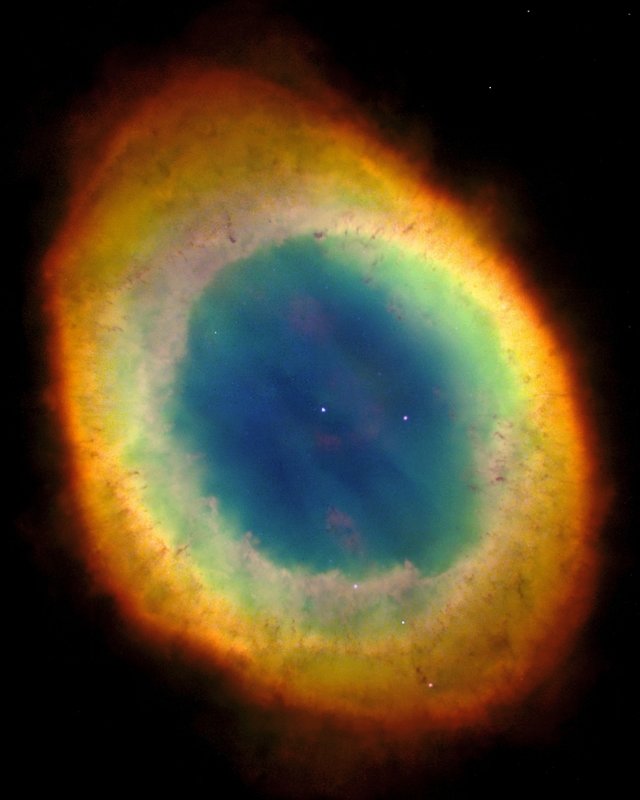Types of nebulas
Image source [1]: Portion of the Carina Nebula.
Hello friends, today we will talk about the types of nebulae that exist in our universe, A nebula is an interstellar cloud of dust, hydrogen, helium and other ionized gases. Originally, nebula was a name for any diffuse astronomical object, including galaxies beyond the Milky Way.
Reflection nebulae are clouds of interstellar dust which might reflect the light of a nearby star or stars. The energy from the nearby stars is insufficient to ionize the gas of the nebula to create an emission nebula, but it is enough to give sufficient scattering to make the dust visible. An example of this is that of the bluish nebula that surrounds the Pleiades. They appear bluer than the star because of the way starlight is scattered by the dust particles in the nebula (equivalent to the scattering of light that makes the sky blue).
Image source [2]: The Witch Head reflection nebula (IC2118), about 900 light years from earth, is associated with the bright star Rigel in the constellation Orion.
European Southern Observatory (ESO)
An emission nebula is a nebula formed of ionized gases that emit light of various wavelengths. The most common source of ionization is high-energy photons emitted from a nearby hot star.
Image source [3]: Planetary nebulae, represented here by the Ring Nebula, are examples of emission nebulae.
Image source [4]: Emission nebula LHA 120-N55 in the Large Magellanic Cloud.
A dark nebula or absorption nebula is a type of interstellar cloud that is so dense that it obscures the light from objects behind it, such as background stars and emission or reflection nebulae. The extinction of the light is caused by interstellar dust grains located in the coldest, densest parts of the larger molecular clouds. The great dark line that divides the Milky Way in two in the constellations of the Swan and the Eagle is also due to a cloud of dark dust.
Image source [5]: Lupus 4 is a dense pocket of gas and dust where new stars are expected to form.
Derek Fiechter
A planetary nebula, abbreviated as PN or plural PNe, is a kind of emission nebula consisting of an expanding, glowing shell of ionized gas ejected from red giant stars in their lives. The term was used by Herschell because of its circular and very delimited appearance reminiscent of a planet's disk, hence its name.
Image source [6]: X-ray/optical composite image of the Cat's Eye Nebula (NGC 6543).







wow owsam picture. I love it I am new in steemit. I need all guts help.
this is very nice
Hello steemit user!
i just upvoted your post.
I use my steem power to help people like you to gain more attraction.
Please consider doing the same for my posts.
Have a nice day :)
Thanks :)
you just post something my follower....well find interesting
please when next you want to tag use @contestvibes so that this robot will track your post and auto resteem will follow.....
upvote is also sure when you follow and upvote post in my wall....
note you get resteem if you upvote this post only
Thanks :D
Today your post best @jonathaxvi .resteemed and upvote done.
Next time i see a galaxy ill sure remember this post
The universe is certainly an incredible place. To think all this wonder is going on out there as we are sitting here.
Very nice post. I love images of space and the universe. It makes me calm when I think about how small we and our problems really are. In my art I like to paint nebulae, which is pretty challenging.